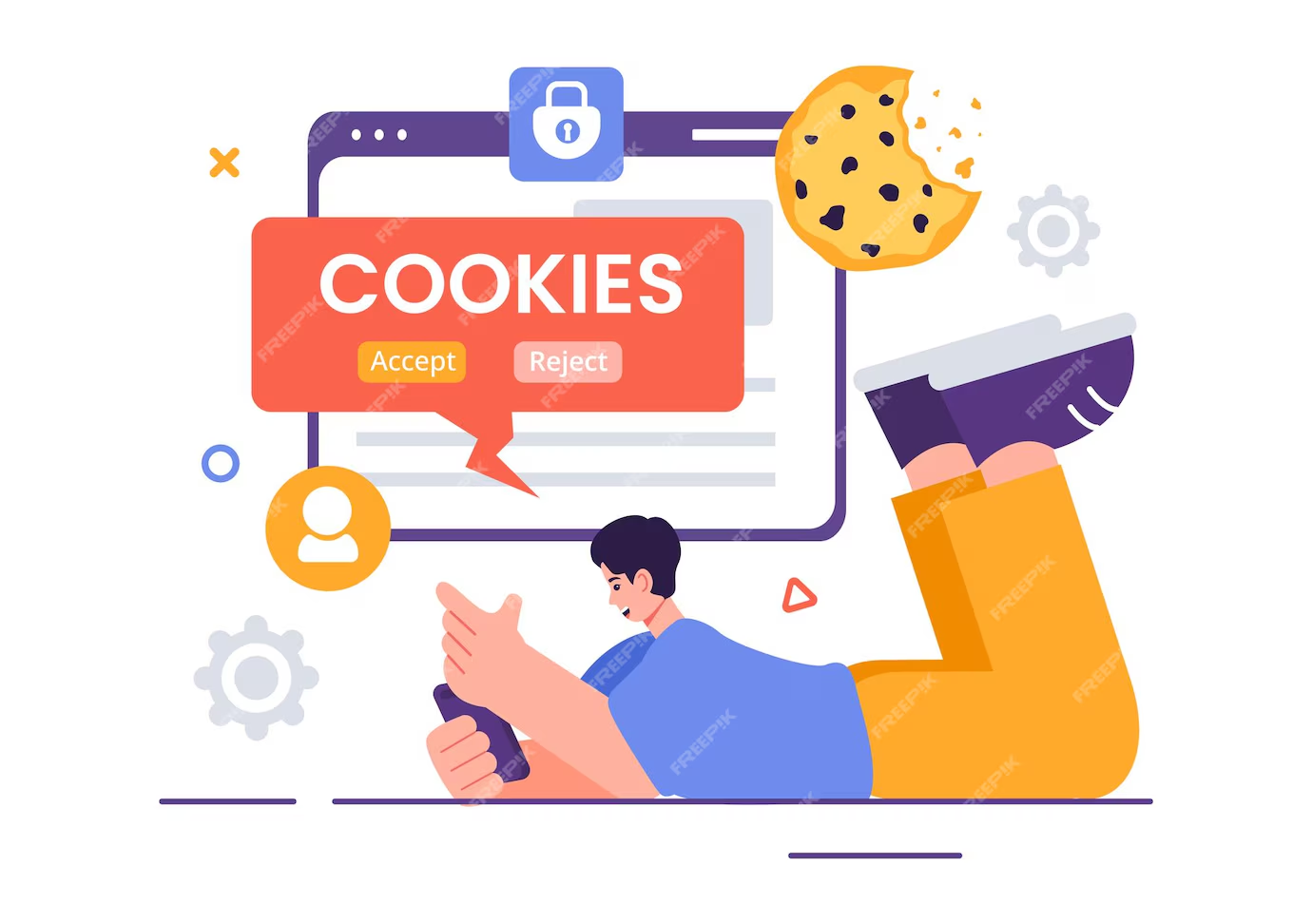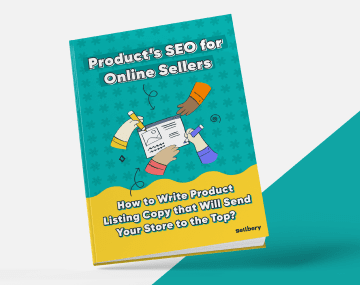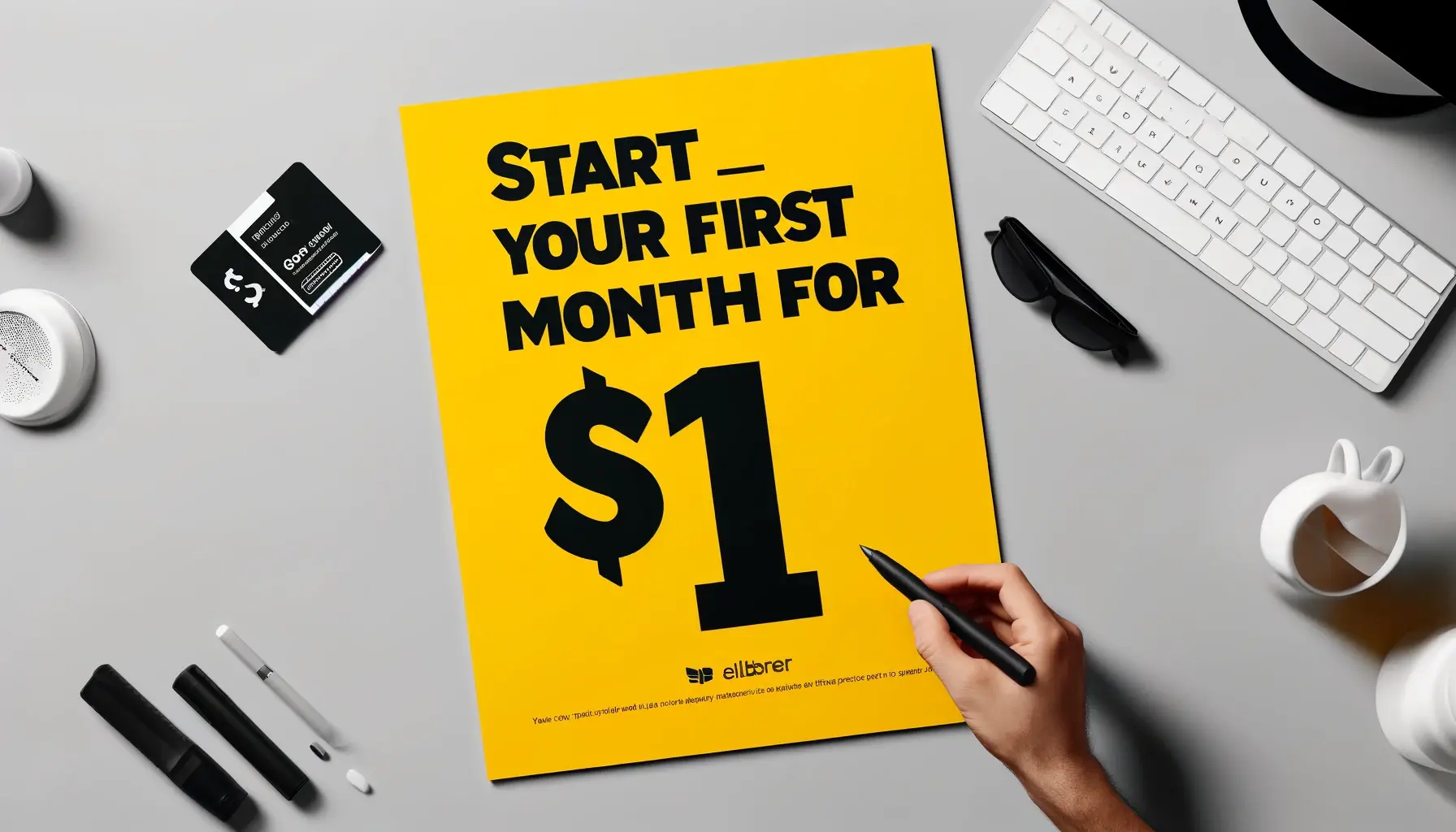
Thrive in 2025's cookie-less digital marketing world with first-party data, predictive modeling, and contextual advertising strategies to stay competitive.
So, you’re a marketer trying to navigate the new cookie-less landscape in 2025. You’ve relied on third-party data for years—for targeting, personalization, and measurement. But now? That playbook is obsolete.
- Your retargeting campaigns are losing effectiveness.
- Personalization feels generic without rich user data.
- Performance metrics are slipping as tracking methods disappear.
You’ve realized that the old ways don’t work anymore. But here’s the good news—progressive marketers are already thriving in this new era. They’re using innovative, privacy-compliant strategies that outperform old cookie-dependent tactics.
The future belongs to marketers who can adapt to this shift—not just survive it but use it to gain an edge over competitors still clinging to outdated methods. Well, that’s what marketers offering top-notch marketing outsourcing services concur.
Ready to future-proof your digital marketing? Here’s what we’ll cover:
- What are cookies, and why do they matter?
- What’s working in digital marketing without cookies?
- Wrapping up
Without any further ado, let’s dive right in.
What are cookies, and why do they matter?
Or let’s just say, why did they matter (because that’s the whole point, isn’t it?)
Let us learn more about the different types of cookies to understand them better.
First-Party vs. Third-Party Cookies
|
Type of cookies |
Definition |
Use cases |
| First-party | Set by the website you’re visiting | Login sessions, cart persistence, basic analytics |
| Third-party | Set by external domains (e.g., ad networks) | Cross-site tracking, retargeting ads, audience profiling |
But what role did cookies play in digital marketing?
- Retargeting: “Followed” users with ads across the web
- Behavioral Analytics: Tracked user paths (e.g., “75% clicked from Blog → Pricing”)
- Attribution: Linked ad clicks to conversions
For example, you browse shoes on xyzstore.com and see ads for those shoes later on Facebook (via third-party cookies). It’s like you are being heard, but digitally.
Then why are cookies going away?
Well, there are three very specific reasons behind it.
1. Due to privacy regulations.
GDPR (EU) and CCPA (California) require explicit consent for tracking. And there are penalties up to 4% of global revenue for violations.
2. Due to tech giants’ moves
Apple’s App Tracking Transparency (2021) has an opt-in for IDFA (mobile ad tracking). Also, Google Chrome’s Phase-Out (2024–2025) eliminates third-party cookies.
3. Due to consumer demand
72% of users now block cookies or use privacy tools (Statista, 2025). And “privacy-first” is now a brand differentiator.
Let’s have a look at the timeline of the cookie phase-out. We will find that it wasn’t an all-of-a-sudden decision. But it was one that was conducted with precision.
|
Year |
Event |
Impact |
| 2017 | Safari blocks third-party cookies | First major browser to act |
| 2020 | Firefox blocks third-party cookies | Expanded privacy push |
| 2023 | Chrome begins “Privacy Sandbox” trials | Testing cookie alternatives |
| 2024 | Chrome disables 1% of third-party cookies | Initial rollout |
| 2025 | Chrome fully phases out third-party cookies | Industry-wide shift |
So, where are we with the cookies at present?
First-party cookies still work (but require consent in regulated regions)
Universal opt-in rates: ~35% for analytics/tracking (down from ~90% pre-2020)
Third-party retargeting is dying. Now, it relies on workarounds like contextual targeting, FLoC (Federated Learning of Cohorts), and first-party data modeling.
And what’s next for cookies beyond digital marketing?
- In 2026, we can expect an EU ban on all cross-site tracking (beyond cookies).
- We may also witness the rise of zero-party data (user-provided preferences).
Now, let’s see how digital marketing is progressing without cookies.
What’s working in digital marketing without cookies?
Here are 6 things that are working in 2025 digital marketing without using cookies.
1. First-party data is the new gold standard.
Instead of having first-party data as a last resort, digital marketers have started prioritizing it and giving it due importance.
Since first-party data is collected directly from users (with consent) via your owned channels, it has higher accuracy, no privacy risks, and full control.
Here are a few examples of first-party data.
|
Data Type |
How to Collect |
Use Case |
| Email/Phone | Newsletter signups, gated content | Retargeting via SMS/email |
| Purchase History | CRM, loyalty programs | Product recommendations |
| On-Site Behavior | GA4, heatmaps | Personalized UX |
2. Contextual advertising makes a comeback.
It targets ads based on page content (e.g., running shoe ads on fitness blogs). And there is no tracking. It simply uses keywords, metadata, and page themes.
Why is this technique winning?
- It is privacy-safe. You don’t need to implement user profiling.
- It showcases good performance and leads to high CTR.
And here are some top tools to help you conduct contextual advertising with ease.
- Google Display & Video 360 (Contextual Targeting Suite)
- Semasio (AI-powered contextual analysis)
3. AI-powered predictive modeling is doing its magic.
AI is replacing cookies for good. Using intent modeling, you can predict the buyer stage from first-party signals (e.g., email opens + page visits). You can also leverage the lookalike audiences feature by using machine learning algorithms to find users who resemble your best customers.
Here are a few examples of its application in the real world already.
- On LinkedIn, AI matches B2B buyers to content through algorithms.
- Netflix recommends shows without tracking across sites.
4. People-based marketing and identity solutions are generating exceptional results.
When you put users at the centre of your strategies, you identify solutions that cater to the best results.
Here is a representation of key approaches you can take. (But this strategy only works for logged-in users)
|
Solution |
How It Works |
Pros/Cons |
| Unified ID 2.0 | Email-based ID hashing | High accuracy but needs consent |
| Google Privacy Sandbox | Cohort-based (FLoC) | Privacy-safe but less precise |
5. Conversion APIs and server-side tracking are doing wonders.
Conversion APIs send data directly from your server to platforms (bypassing browser blocks). And server-side tracking with Google Analytics 4 generates more accurate results than client-side tracking.
Here is a quick setup guide for your assistance
- For Facebook CAPI, you can use Shopify’s native integration.
- For GA4 server-side tracking, you can use Google Tag Manager + Cloud setup.
6. Zero-party data and interactive content receive healthy traction.
Zero-party data is the data that users voluntarily share (e.g., preferences, survey responses, and more).
Here is how you can create top tactics for your business.
- Quizzes – “Find your perfect skincare routine”. To collect preferences.
- Surveys – Post-purchase feedback. To improve segmentation.
Pro tip: To boost engagement, you can offer instant rewards like discounts, free tools, and more.
Wrapping up
That brings us to the business end of this article, where we can easily conclude that there has been a drastic shift from tracking users to earning trust with value-driven marketing.
If you want to leverage this advantage for your business, the first thing you must do is master first-party data. With AI and privacy-safe tactics, you will outperform your competitors who solely rely on outdated methods.
If you’re not well-versed in the technical aspects of digital marketing, you can collaborate with a prolific marketing outsourcing services provider to get the job done for you.
So, what will your next step be? Will you create an action plan? Or will you continue to rely on cookies until they go extinct?
Of course, you should make your move now – before it’s too late.
So, audit your existing strategy by asking these three crucial questions.
- Where does your data live? (Spreadsheets vs. CDPs)
- How do you get user consent? (Opt-in rates?)
- What’s your testing roadmap for 2025?
Remember that – “the best marketers don’t adapt to change—they lead it.“
Was this news helpful?







 Yes, great stuff!
Yes, great stuff! I’m not sure
I’m not sure No, doesn’t relate
No, doesn’t relate



